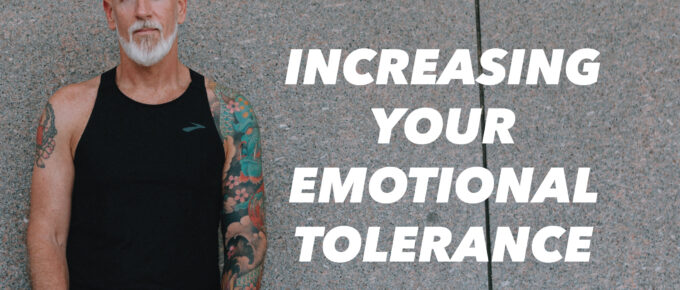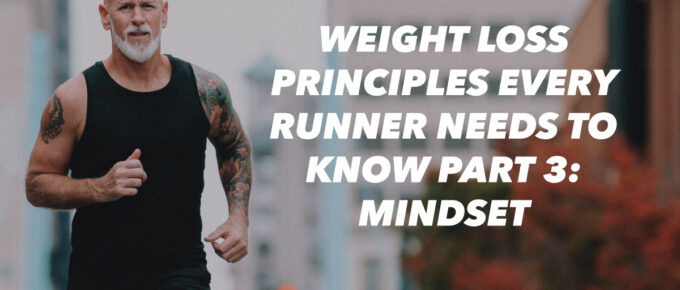One of the most powerful things you can do to improve your health and fitness is to regularly push past your comfort zone. This might seem obvious to you and pretty basic, but it’s an area where …
Continue Reading about 225. Pushing Past Your Comfort Zone →






